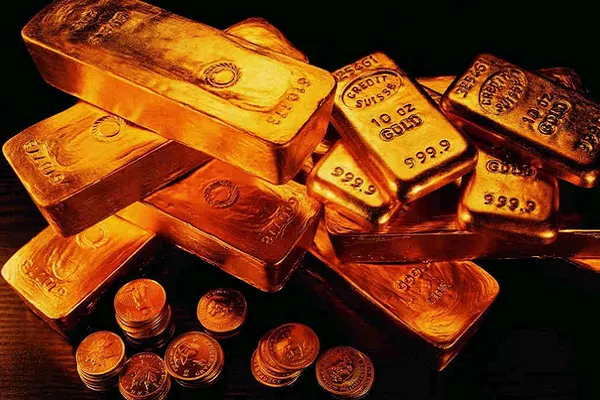Gold has remained one of the most sought-after precious metals for centuries, valued for its rarity, beauty, and use as a store of wealth. Investors and traders closely monitor the price of gold to make informed decisions. One term frequently mentioned in gold trading is “spot price.” In this comprehensive guide, we will delve into the concept of spot price, its significance in the gold market, factors influencing it, and how it differs from other forms of pricing.
Definition of Spot Price
Spot price refers to the current market price at which gold can be bought or sold for immediate delivery or settlement. It represents the precise value of gold at any given moment, reflecting supply and demand dynamics within the market. The spot price applies to the physical metal itself and does not include additional costs such as fabrication, storage, or transportation.
Factors Influencing Spot Price
Various factors influence the spot price of gold, making it highly volatile and subject to constant fluctuations. Some key influences include:
a. Global Economic Conditions:
Economic indicators, including inflation rates, interest rates, and geopolitical events, significantly impact the spot price of gold. Gold is often considered a safe-haven asset during times of economic uncertainty or inflationary pressures.
b. Supply and Demand:
The balance between gold supply and demand influences spot prices. Factors like mining production, central bank reserves, jewelry consumption, and investment demand all play a role.
c. US Dollar Strength:
As gold is globally traded in US dollars, the strength or weakness of the currency affects its price. When the US dollar weakens, gold typically becomes relatively more expensive for international buyers, potentially driving up demand and spot prices.
d. Market Speculation:
Financial market participants, including institutional investors and hedge funds, often engage in speculation based on technical analysis, macroeconomic trends, and sentiment. Their actions can influence short-term fluctuations in the spot price.
How Spot Price Differs from Other Pricing Methods
Spot price differs from other forms of pricing in the gold market, primarily due to its immediacy and lack of additional costs. Here are some common pricing methods and their distinctions:
a. Futures Contracts:
Gold futures contracts allow investors to buy or sell gold at a predetermined price on a specified future date. Unlike spot price, futures prices include carrying costs and delivery expenses, making them distinct from immediate transactions.
b. Premiums and Discounts:
When purchasing physical gold products like coins or bars, buyers may encounter premiums or discounts relative to the spot price. These premiums or discounts account for factors such as fabrication costs, scarcity, or brand reputation.
c. Bid and Ask Prices:
In active gold trading markets, participants quote bid (buy) and ask (sell) prices. The bid price is typically lower than the spot price as it represents what buyers are willing to pay, while the ask price is higher, reflecting sellers’ expectations.
Importance of Spot Price for Investors and Traders
Understanding spot price is crucial for investors and traders involved in gold-related activities. Here’s why:
a. Price Transparency:
Spot price provides real-time information on the value of gold, allowing investors to make informed decisions. It facilitates fair pricing and ensures transparency in gold markets.
b. Portfolio Valuation:
Investors with gold holdings can assess the current value of their portfolios by referencing the spot price. This valuation becomes particularly useful when rebalancing or assessing overall portfolio performance.
c. Trading Decisions:
Active gold traders rely on spot price fluctuations to identify potential buying or selling opportunities. By tracking trends and analyzing market dynamics, traders can take advantage of price movements for profit generation.
d. Precious Metals Industry:
Manufacturers, jewelers, and fabricators use the spot price as a reference when determining product pricing, calculating manufacturing costs, and establishing profit margins.
Conclusion
Spot price plays a vital role in the gold market, serving as a benchmark for immediate transactions involving physical gold. It is influenced by various factors such as economic conditions, supply and demand dynamics, currency fluctuations, and market speculation. Understanding spot price enables investors, traders, and industry participants to make informed decisions based on real-time market values. By comprehending the intricacies of spot price and its distinctions from other pricing methods, individuals can navigate the gold market with greater confidence and precision.


